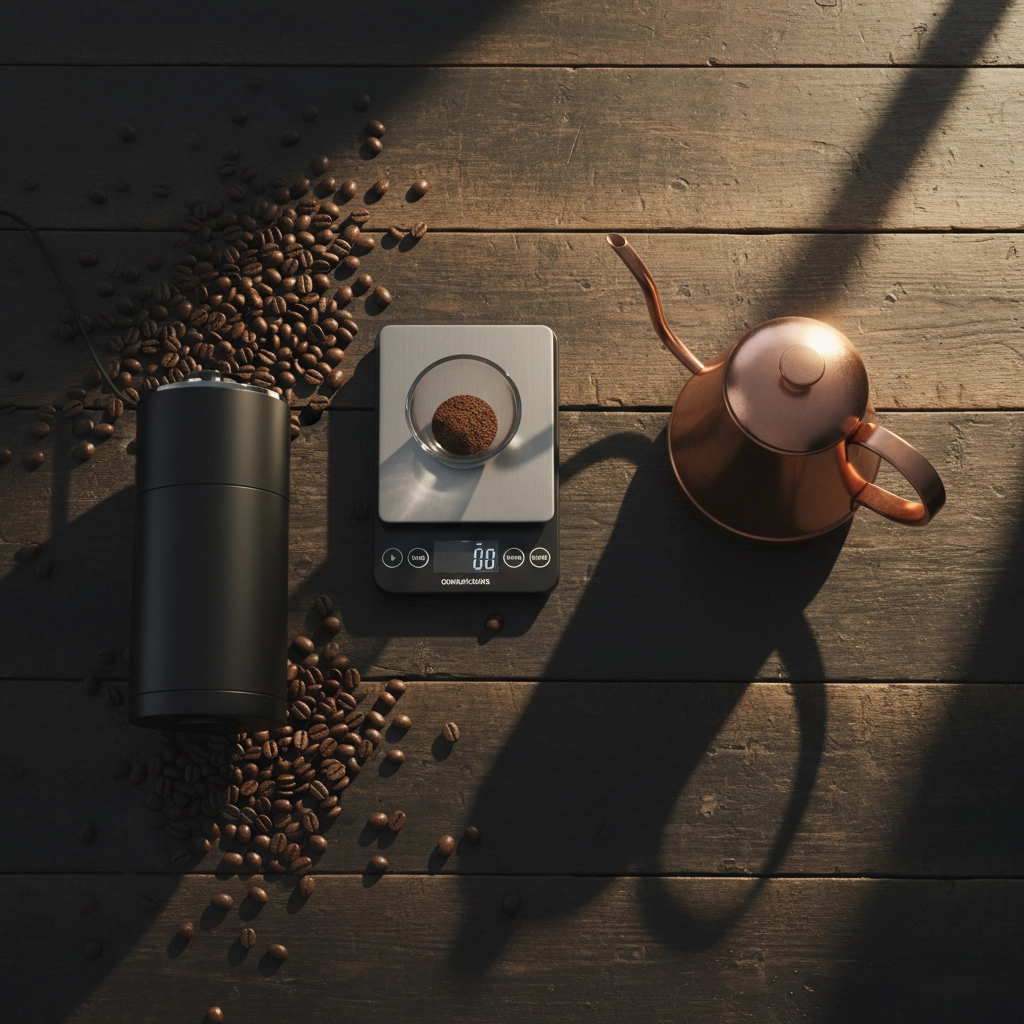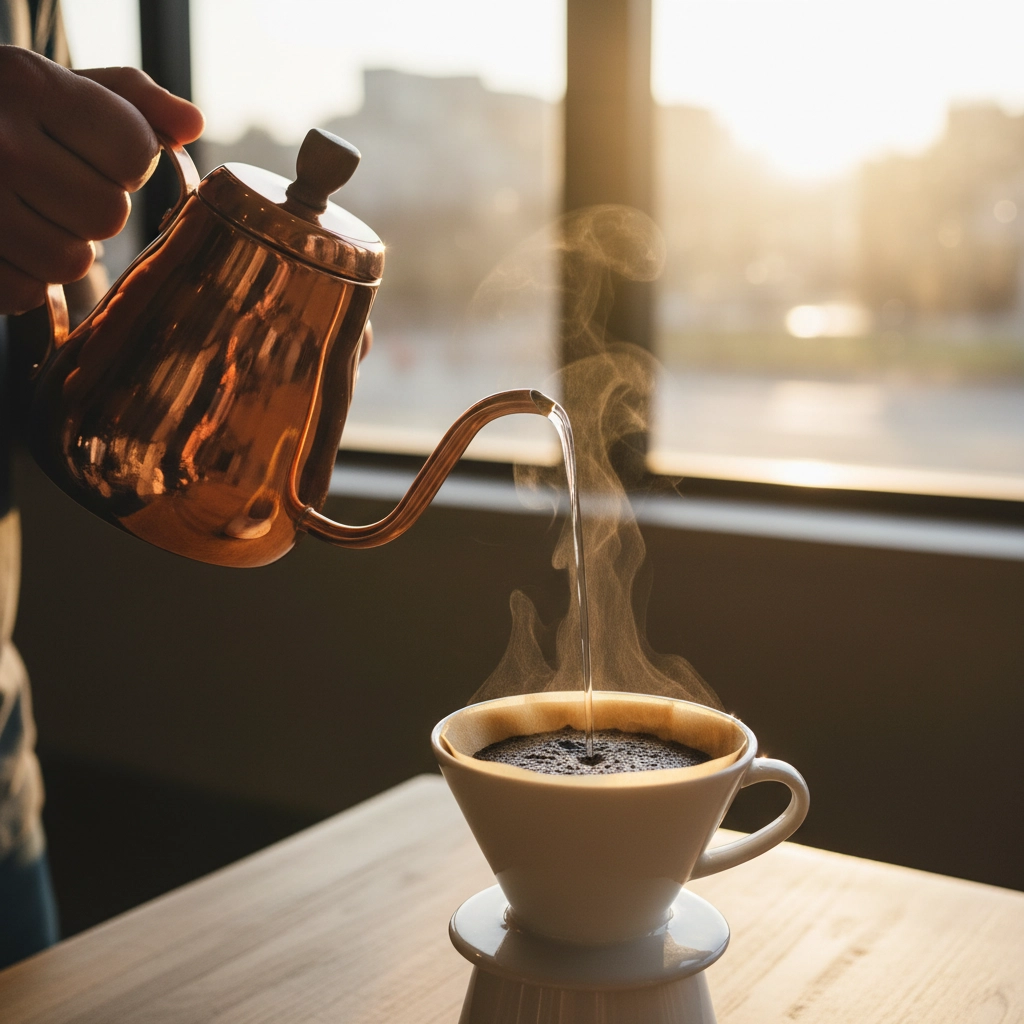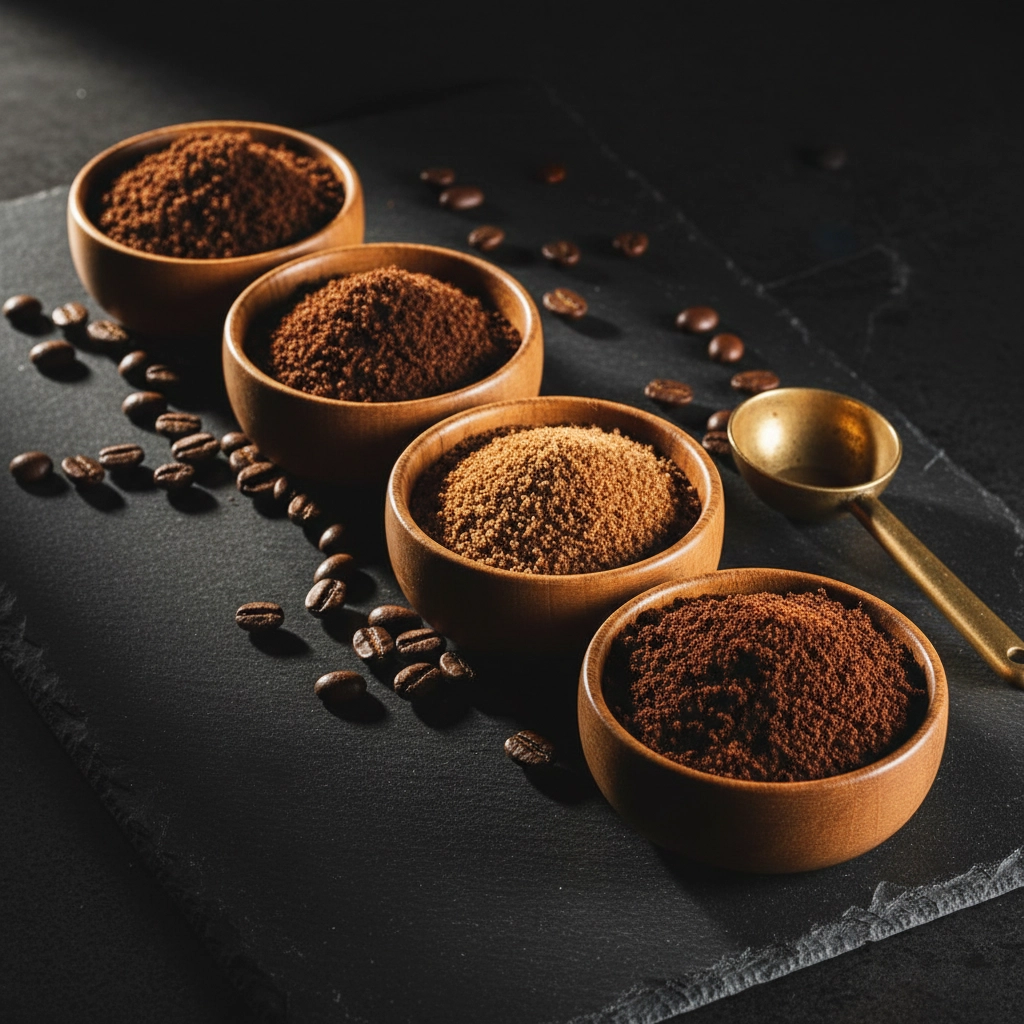Let's be honest – there's something magical about that first sip of perfectly brewed coffee in the morning. But here's the thing: you don't need to spend $6 at a coffee shop every day to get that café-quality experience. With the right knowledge and a little practice, you can master the art of brewing exceptional coffee right in your own kitchen.
The journey to coffee mastery isn't about expensive gadgets or complicated techniques. It's about understanding the fundamentals and finding what works for your taste buds and lifestyle. Whether you're a complete beginner or someone looking to refine your brewing skills, this guide will walk you through everything you need to know to create consistently delicious coffee at home.
The Foundation: Quality Beans and Equipment
Starting with Great Beans
Your coffee journey begins at the source – the beans themselves. The quality of your beans will make or break your final cup, no matter how perfect your technique. Look for freshly roasted beans with a clear roast date on the package, and aim to use them within 2-4 weeks of roasting for optimal flavor.
When selecting beans, consider starting with a versatile option like our Breakfast Blend, which offers a balanced flavor profile that works beautifully with various brewing methods. It's smooth enough for everyday drinking while complex enough to appreciate the nuances of proper brewing technique.
Essential Equipment That Makes a Difference
You don't need to break the bank, but investing in a few key pieces of equipment will dramatically improve your results. A quality burr grinder tops the list – it ensures consistent grind size, which is crucial for even extraction. Blade grinders might seem cheaper, but they create uneven particles that lead to inconsistent brewing.
A reliable kitchen scale is your next best friend. Coffee brewing is all about ratios and precision, and measuring by weight rather than volume gives you reproducible results every time. Finally, a good thermometer helps you nail the optimal water temperature, which sits between 195°F and 205°F.

Understanding Coffee Ratios and Measurements
The Golden Ratio
The foundation of consistent coffee brewing lies in understanding the coffee-to-water ratio. A good starting point is the 1:16 ratio – that's one gram of coffee for every 16 grams of water. For those preferring traditional measurements, use about one heaping tablespoon of coffee grounds per cup of water.
Don't treat this as gospel, though. Your personal preference might lean toward a stronger 1:14 ratio or a lighter 1:18 ratio. The key is consistency – once you find your sweet spot, you can replicate it every time by sticking to the same measurements.
Water Quality Matters More Than You Think
Since coffee is about 98% water, the quality of your water significantly impacts the final taste. If your tap water tastes off, your coffee will too. Use filtered water when possible, and avoid distilled water, which lacks the minerals needed for proper extraction.
The temperature is equally important. Water that's too hot will over-extract and create bitter compounds, while water that's too cool won't extract enough flavor. If you don't have a thermometer, bring water to a boil and let it sit for about 30 seconds before brewing.
Popular Home Brewing Methods
The Pour-Over: Precision and Control
Pour-over brewing gives you complete control over every variable, making it perfect for coffee enthusiasts who want to fine-tune their technique. You'll need a pour-over dripper, paper filters, and a gooseneck kettle for controlled pouring.
Start by placing a filter in your dripper and rinsing it with hot water – this removes any papery taste and preheats your equipment. Add your medium-fine ground coffee, creating a small well in the center. Begin with a "bloom" pour, using twice the weight of water as coffee, and let it sit for 30 seconds. This allows the coffee to degas and ensures even saturation.
Continue pouring in slow, circular motions, maintaining a steady flow rate. The entire process should take 3-4 minutes for optimal extraction. The result is a clean, bright cup that highlights the coffee's unique characteristics.

French Press: Full-Bodied and Forgiving
The French press method produces rich, full-bodied coffee with a heavier mouthfeel thanks to the metal filter that allows oils and fine particles through. It's also one of the most forgiving brewing methods, making it perfect for beginners.
Use a coarse grind – think sea salt consistency – to prevent over-extraction and excessive sediment. Add your grounds to the press, pour hot water over them, and give it a gentle stir. Place the plunger on top but don't press down yet. Let it steep for exactly four minutes.
After steeping, press the plunger down slowly and steadily. Serve immediately to prevent over-extraction, or transfer to a thermal carafe if you're not drinking it all right away.
Drip Coffee: Convenience Without Compromise
Automatic drip coffee makers offer convenience and consistency, especially for households that drink multiple cups daily. The key to great drip coffee lies in using the right grind size (medium) and maintaining your machine properly.
Clean your machine regularly with a vinegar solution to prevent mineral buildup, which can affect both taste and brewing temperature. Use a good-quality paper filter and don't overfill the basket – this can lead to uneven extraction and overflow.
Pro Tips for Perfect Extraction
Grind Size and Timing
The grind size should match your brewing method, but there's room for adjustment based on taste. If your coffee tastes sour or weak, try a finer grind to increase extraction. If it's bitter, go coarser to reduce over-extraction.
Always grind your beans just before brewing. Pre-ground coffee loses flavor quickly due to increased surface area exposure to air. If you must buy pre-ground coffee, store it in an airtight container and use it within a week.
Bloom and Extraction Time
The bloom phase is crucial for even extraction. When hot water first hits fresh coffee grounds, they release CO2, which can create barriers to proper water contact. Allowing 30-45 seconds for blooming ensures all grounds get evenly saturated.
Total extraction time varies by method: espresso takes 25-30 seconds, pour-over takes 3-4 minutes, and French press needs exactly 4 minutes. These timings aren't arbitrary – they're based on the optimal extraction window for each method.

Common Mistakes to Avoid
The Temperature Trap
One of the biggest mistakes home brewers make is using water that's either too hot or too cool. Boiling water scorches the coffee, creating harsh, bitter flavors. Water below 195°F doesn't extract enough, leaving you with weak, sour coffee.
If you don't have a thermometer, the "30-second rule" works well: bring water to a full boil, then let it sit for 30 seconds before pouring. This usually gets you right in the sweet spot.
Over-Extraction and Under-Extraction
Learning to recognize extraction issues will dramatically improve your coffee. Over-extracted coffee tastes bitter and harsh – this happens when water contacts grounds too long or the grind is too fine. Under-extracted coffee tastes sour and weak, often from too short contact time or too coarse a grind.
Neglecting Equipment Maintenance
Clean equipment is essential for good coffee. Oil residue from previous brews can turn rancid and create off-flavors. Clean your grinder weekly, rinse your brewing equipment after each use, and deep-clean everything monthly.
Making It a Daily Ritual
Consistency is Key
The beauty of mastering home brewing lies in creating a repeatable process that fits your lifestyle. Whether you prefer the meditative process of pour-over or the convenience of automatic drip, consistency in your measurements and timing will reward you with reliably delicious results.
Experimentation and Personal Preference
Don't be afraid to experiment once you've mastered the basics. Try different origins, roast levels, and brewing parameters. Keep notes on what you like and don't like – this helps you refine your palate and discover new favorites.
The Economics of Great Home Coffee
Beyond the obvious cost savings, brewing great coffee at home gives you complete control over quality and flavor. A bag of premium coffee beans costs less than three café drinks but provides 20-30 cups of coffee. That's both financial wisdom and flavor satisfaction in one package.
The journey to coffee mastery is personal and rewarding. Start with quality beans, focus on consistency, and don't be afraid to adjust based on your taste preferences. With practice, you'll not only save money but also develop a deeper appreciation for the art and science behind every perfect cup.




